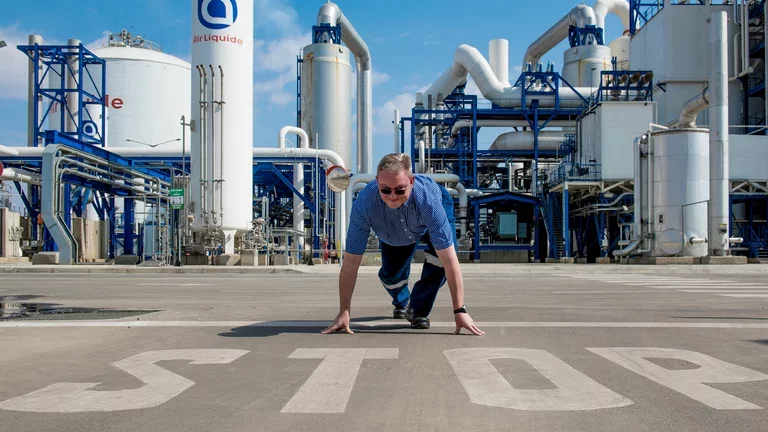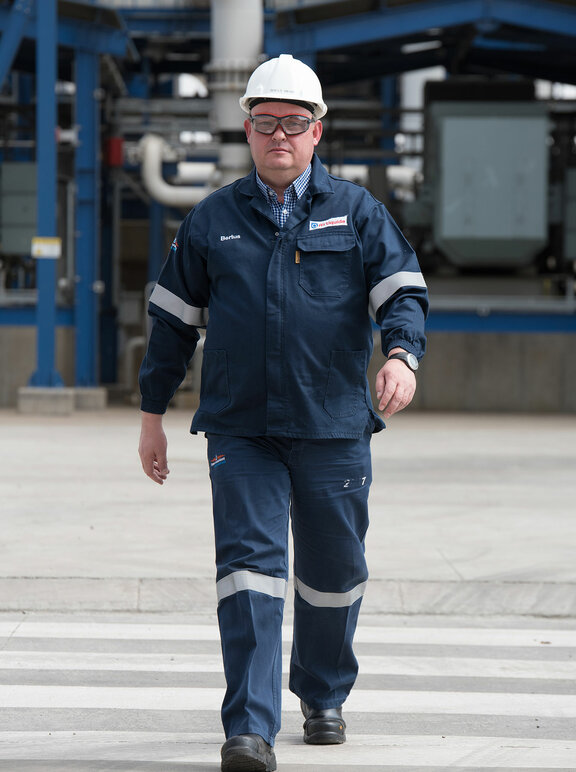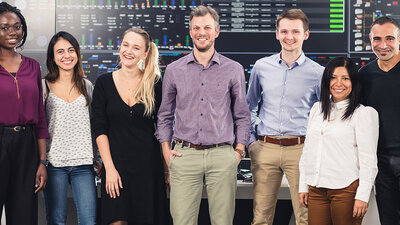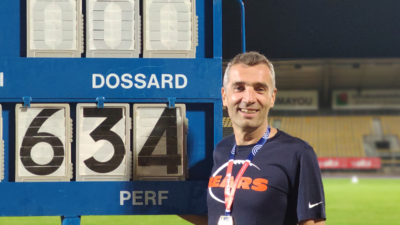What’s it like running the largest oxygen production plant in the world?
Published on February 04, 2022

Bertus Swart is the Plant Manager for T17, a state-of-the-art Air Separation Unit (ASU) with a total production capacity of 5,000 metric tons of oxygen per day, owned and operated by Air Liquide for Sasol in South Africa. He was responsible for ensuring the startup of this XXL plant and now oversees its operations – so successfully that since 2021, Sasol has entrusted Air Liquide with the operation of the other 16 ASUs on its site.
The plant I manage is the biggest ASU in the world and the most recent addition to the Sasol site. I was brought in during the construction phase in 2016 with the role of getting the team in place to operate it when it was commissioned. Before this, Sasol had been producing oxygen themselves from the 16 units on site – this was the first time they contracted with a third party to supply oxygen and asked Air Liquide to operate and maintain the new plant. Production at T17 started in January 2018, so I had only 18 months to onboard the team and get them ready to work in a plant that was the first of its kind.
Our first three years of operations have proved our value to Sasol in reliability, efficiency and safety. Its core operations are not oxygen production – it’s a chemicals and energy company – so they decided to outsource all the other ASUs on the site to Air Liquide. Our goal is to bring them to the same level of modernization as T17. I’m very involved in providing guidance and support in this transition process.
What do you like about what you do?
What I like most are the challenges: I don’t want a routine job where you come to work and you know what’s expected from you. In my job, it’s never the same day to day, you never know what issues you’ll have to solve. The context is always changing, and I enjoy having to rise to whatever new comes up.
You always have to be thinking about risks and vulnerabilities and making sure you’re prepared. Some of the equipment is so new and first of its kind that only the manufacturer can provide support. The equipment manufacturers are from Europe or North America, so we have to ensure that long lead times of spares - are delivered and ready at the site. And of course, over the last two years, we’ve had the Covid-19 crisis, which has brought a whole layer of extra complexity …
Beyond all the new protocols we created to keep our team safe, we put in place two-way radio communication so when drivers arrive they stay outside to avoid direct contact. We also implemented a new program to allow operators to remotely connect to the computer system (DCS) that operates the plant, allowing staff to be able to work from home if needed.
Of course, one of our products is medical oxygen, and for T17 alone, the demand for this increased by a factor of five. This has been a huge challenge, requiring additional manning and complicated logistics to increase production and organize a sufficient fleet to load and transport the oxygen to hospitals. I’m proud to say that not one hospital here ran out of oxygen due to supply problems from Air Liquide.

“What I like most are the challenges: I don’t want a routine job where you come to work and you know what’s expected from you. In my job, it’s never the same day to day, you never know what issues you’ll have to solve.
”
What personal qualities are needed for a job like this?
I would say to lead by example, be involved, be present to see what the issues are, have an open-door policy, and communicate the objectives clearly so everyone is working towards one common goal. For me, teamwork means helping someone even if it’s not in your scope. It’s important from day one to create a work culture where everybody supports each other.
We’ve started producing KrXe (Krypton Xenon), which is a rare gas – there are only about 3 or 4 other facilities that produce this around the world. Last year we introduced this as an additional product, as well as liquid nitrogen, which Air Liquide decided to produce here rather than at another plant to reduce the carbon footprint. We also plan to reduce carbon emissions at the site by 30/40% by 2030 by bringing online 600 MW of renewable energy sources.
I’ve worked for Air Liquide for more than 20 years, so I guess that’s a show of confidence! Being involved in such a big project, I have really valued the support of the Group. Networking with fellow colleagues from sites all around the world to get advice and share knowledge has been critical. A lot of companies follow rather than lead, but Air Liquide is ready to take the first step in predictive models, reliability, safety, technology, and to learn lessons that make us continually better at what we do.


